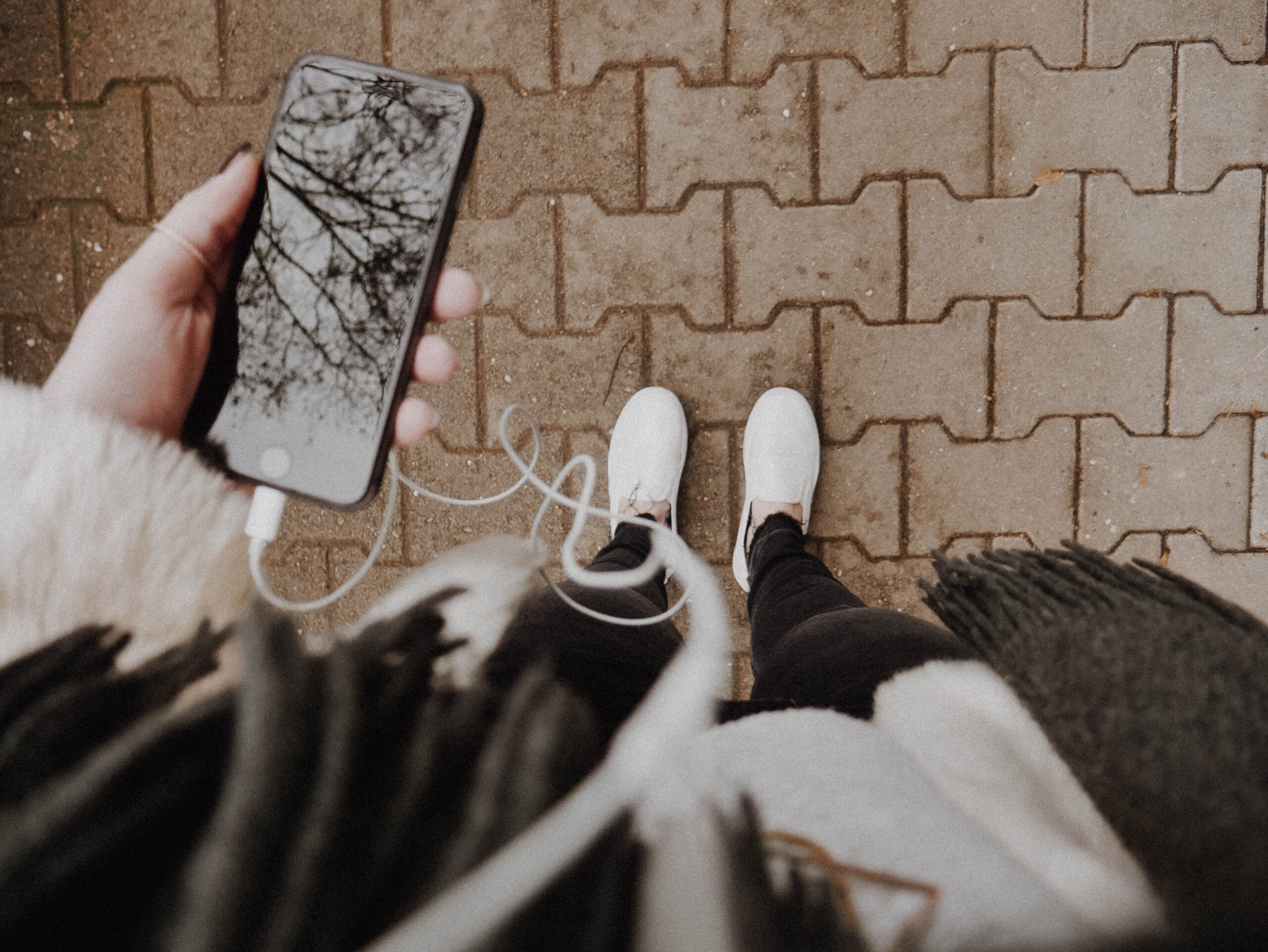Local SEO: What It Is and How to Do It Right
As a business owner or manager, increasing the number of people who patronize your business is likely one of your top priorities. That’s where local SEO, or search engine optimization, comes in. Local SEO helps you attract people in your area who are looking for your products or services to your business. It helps you get your name out there in your community, but only if you do it right.
At Content Journey, we’re passionate about helping small- to mid-sized businesses succeed with the right marketing strategies. Join us below as we discuss everything you need to know about using local SEO and its principles to help your business grow and thrive.
What Is Local SEO?
If you’re familiar with the general concept of SEO, local SEO should be easy to comprehend. That’s because the two share a similar goal: increasing your brand’s online visibility and driving traffic that leads to conversions. The key difference is that local SEO aims to help businesses within a specific area, primarily those with brick-and-mortar locations.
Incorporating SEO best practices into your company’s marketing strategy can improve organic traffic from people searching for products or services in the vicinity of your retail location.
Why Local SEO Is Important
A third of online consumers use the web to find businesses in their communities. Leading them to your business is why local SEO is important.
Many people also use their mobile phones to search for businesses in their area. For example, someone looking to give a new cuisine a shot may search for “restaurants near me” on Google from their phone. If you run a restaurant in that user’s specific search area, being one of the first results can make a big difference in your foot traffic.
Google is the world’s most dominant search engine for local searches. As such, it’s in your brand’s best interests to follow specific practices that can get you to the top of its results pages.
How Local SEO Works
Google has special ranking factors that help match results to search queries. For local SEO, the search engine hones in on the following:
- Relevancy to the search query
- Distance of the user from the business
- Prominence (how important Google believes a business is to its potential clientele)
With these factors, Google outputs two types of search results for local inquiries: organic and local pack results.
Organic results are the typical blue links that appear on the results page when you search for anything on Google.
Local pack results are a feature unique to Google. They show the top local business listings alongside a map. If Google believes a searcher wants to find a local business, it will display a local pack even if they don’t mention a specific area.
With that in mind, getting the most visibility possible means you’ll want your business to rank at the top of that local pack for your industry.
Local Search Ranking Considerations
There are various things you must do and keep in mind when incorporating local SEO strategies into your marketing efforts. They include the following.
Optimizing Your Google Business Profile (GBP)
If you don’t have a GBP, you’ll want to set one up as soon as possible. It’s a free business listing that will feature everything prospects need to know about your company, including its address, phone number, and hours of operation. Google will list your GBP alongside local search results.
Optimizing your GBP can help significantly improve your local SEO. With that said, some optimization tips are:
- Set detailed business hours, including those for holidays
- Select different attributes to describe your business (like Wi-Fi connectivity or outdoor seating, among others)
- Promote customer engagement by consistently uploading quality photos and videos
- Manage and respond to reviews and ratings
The more details you add to your GBP — and the more you interact with your customers through it — the better.
Incorporating Local On-Page SEO Strategies
Implementing local SEO best practices on your website will help it rank higher on Google. However, it’s important to consider that the better your business ranks organically, the higher the possibility is of it ranking in a local pack.
You can check how healthy your on-page SEO is by using online tools to run a quick audit.
Specific ways to refine your on-page SEO, include:.
- Using Local Keywords. Using the right keywords throughout your website copy will help you rank for appropriate local queries. These keywords will contain location-specific phrases that help people in your area find you. You can perform manual keyword research or use special tools to generate suggestions.
- Consistent NAP Citations. Name, address, and phone number (NAP) citations are important for two reasons. They tell your clients who you are and how to find you, and Google uses them to verify that your company’s information is correct. Thus, you want to ensure your NAP information is consistent across the internet.
- Creating Localized Content. You need to create relevant content to attract interest from a local audience, and that includes considering factors like language barriers and other customer needs and preferences that may be unique to your area.
Using Off-Page SEO Strategies
You can take actions outside your website to boost its rankings on Google. Off-page SEO strategies include things such as:
- Building Local Backlinks. Backlinking refers to another website using yours as a source, generating traffic to your page by linking to it from theirs. These links give your brand authority, and Google will reward you for them, thus helping to improve your brand’s SEO. You can get backlinks by guest blogging, donating money to causes, or sponsoring or partnering with other local businesses or organizations, for example.
- Appearing in Local Citations and Directories. A local citation is any reference to your business online, typically including your NAP information. These citations can be found in things like business directories, sites like the Yellow Pages or Yelp, and other such websites. They help guide people to your business, and they can also improve your SEO, making them a true win-win.
- Having a Strong Social Media Presence. Social media not only helps your local SEO by sending people to your website, but it also encourages potential customers to engage with your brand.
How to Do Local SEO Right
Local SEO can take your business to new heights, but you must do it right to reap such positive results. Below is our guide to help you start with a solid foundation and experience growth as soon as possible.
Know Who You’re Targeting
It is crucial to understand your audience if you intend to market to them effectively. With that in mind, take factors like the following into consideration:
- Age
- Gender
- Income
- Interests
- Pain points
- Goals
It can be helpful to create a buyer persona, or a truth-based story, to visualize a member of your target audience. Write out a detailed overview of who you want to address so you can engage with them appropriately.
Do Local Keyword Research
As mentioned above, the right keywords will bring locals to your brand. These five simple steps can help you find the appropriate words and phrases to incorporate throughout your content:
- Create a refined list of your services
- Use Google to determine whether people searching for your services want to shop locally
- Check search volumes
- Group and map keywords to URLs
- Use keywords and phrases in your content organically
Keep in mind that if you use too many keywords (a practice known as keyword stuffing), your content will come off as more sales-y than genuine, potentially turning away potential customers and lowering your rankings. It’s a difficult balance to strike, but it’s important to be mindful when creating SEO-centric content.
Keep Mobile in Mind
Almost half of today’s online traffic comes from mobile devices. So, you want your website to look appealing on a wide range of devices.
Optimize for mobile by:
- Using a responsive design and layout
- Reducing pop-ups
- Optimizing page speed
- Choosing a reliable web host
If a potential customer doesn’t like the way your website looks or finds your content difficult to read on their cell phone screen, they may look elsewhere for the information they’re searching for. It’s a missed opportunity to get them into your physical business. Also, Google will pick up on that and lower your rankings as a result.
Encourage Online Reviews
Online reviews serve multiple purposes. They can promote engagement, effectively boosting your SEO while also telling potential customers why they should choose your business over competitors in the area.
If you have a nice exchange with a customer in your store, ask them to leave a good review on Google. You can also entice satisfied customers to leave reviews in exchange for a discount or a freebie with their next purchase.
Have Location Pages on Your Website
Location pages are important, especially if you have multiple storefronts. They can bring people within a certain radius to your website.
Create Local Content
As a local business, it’s in your best interests to get in touch with your community. Create content that highlights local events, touches on local issues, and showcases your involvement in your neighborhood. Doing so can increase engagement and show your business’s dedication to the area.
Boost Your Local SEO With Content Journey
By optimizing both your on- and off-page local SEO practices and engaging with current and potential customers online, you can satisfy Google and appear in organic search and local pack results. These efforts are sure to bring more people through your doors.At Content Journey, we can analyze your local SEO, highlight areas of improvement, and write high-quality, optimized content that is bound to convert. For more information, contact us today.







